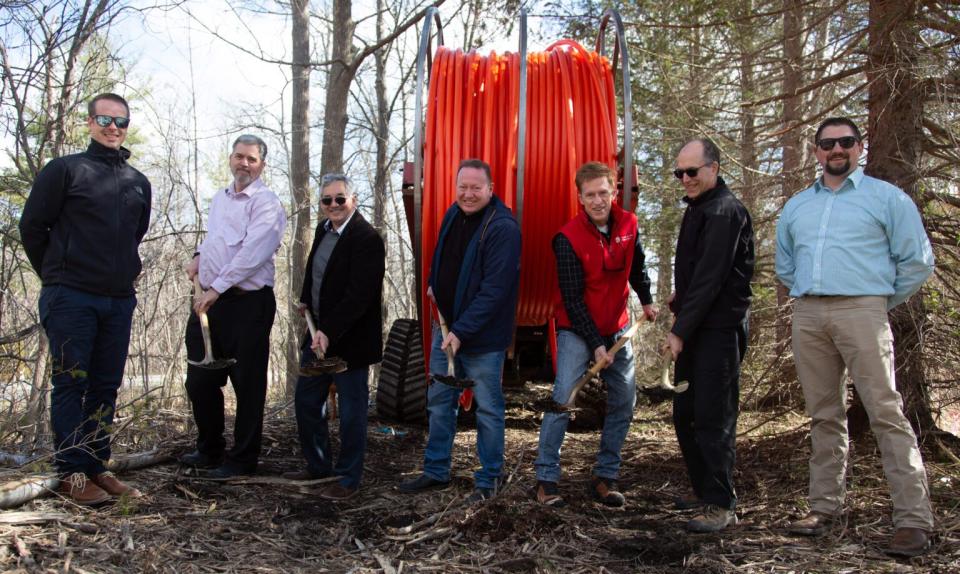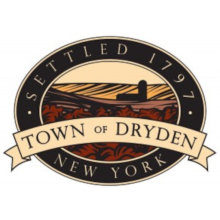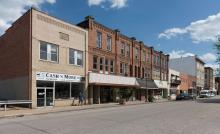New $8.9 Million State Grant Boosts Dryden, NY Muni Fiber Network Build and Expansion Into Neighboring Caroline NY
The towns of Dryden and Caroline, New York have been awarded a new $8.9 million broadband grant courtesy of the New York State ConnectALL program. The award will help deliver affordable fiber capable of symmetrical speeds up to 10 gigabits per second (Gbps) to residents of both towns, which until now, had been trapped on the wrong side of the digital divide.
Launched two years ago, Dryden officials have told ISLR they’re making steady inroads on municipally-owned fiber deployment to the town of 14,500. Now they’re looking to expand the popular local broadband network further into the town of nearby Caroline.
According to an announcement by Dryden Fiber, this latest grant award will help fund the construction of over 125 miles of new fiber to reach 2,650 new residences in Dryden and Caroline. The first customers in Caroline are expected to be online sometime within the next twelve months.

“I find a real partnership between the Town of Dryden, Town of Caroline, and the New York State ConnectALL Office,” Dryden Fiber Executive Director, David Makar says of the award. “Years of hard work and seed planting from elected officials, citizen volunteers, and private partner businesses are now showing up ready to provide top-tier quality broadband service for the residents of Dryden and Caroline.”











